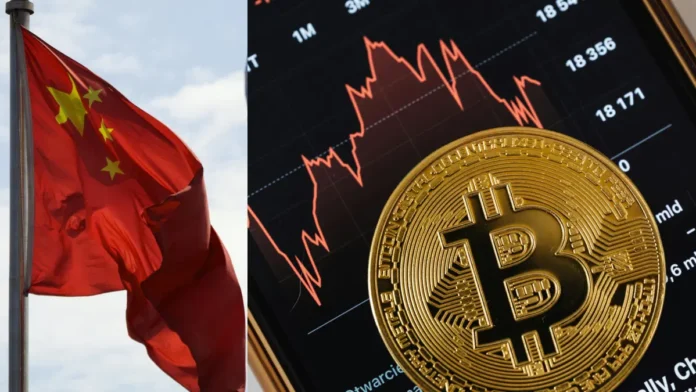The global cryptocurrency market was sent into a brief but intense state of panic recently, as unverified reports of a renewed and more stringent ban on digital assets in China began to circulate. However, these rumors were quickly dismissed by authorities, who have clarified that the country’s firm stance on cryptocurrencies has not changed since its comprehensive crackdown in 2021. The incident serves as a stark reminder of the market’s sensitivity to news from a nation that once dominated the crypto landscape and continues to influence global financial sentiment.
A Familiar Story of Rumors and Volatility
On August 3, 2025, social media platforms and several unverified news outlets became the breeding ground for a wave of speculation. Reports claimed that China was preparing to introduce an even more restrictive policy, extending its existing prohibitions on crypto trading and mining. The news, though lacking any official source, was enough to trigger a ripple of concern across the market.
In the hours that followed the initial reports, Bitcoin and Ethereum, two of the market’s largest assets, experienced noticeable dips. Investors reacted swiftly to the potential for a new regulatory shockwave from the world’s second-largest economy. The momentary sell-off highlighted the lingering influence that even unsubstantiated claims about China’s policy can have on market stability.
The Official Word: Business as Usual
As the rumors gained traction, a source within China’s regulatory circles provided the necessary clarification, firmly stating that no new restrictions had been introduced. The source confirmed that the country’s official position on cryptocurrencies remains identical to the one established in 2021. This policy effectively banned all crypto trading, mining, and related financial services within mainland China.
The swift debunking of the rumors allowed the market to stabilize. Bitcoin, in a display of remarkable resilience, not only recovered its losses but also closed the day at an impressive $114,472.47, a price point that underscored its robust $2.28 trillion market capitalization. The swift rebound demonstrated that while the market is quick to react, it is also equally quick to correct itself when information is verified. Notably, key financial bodies like the People’s Bank of China and other regulatory agencies remained silent on the matter, a deliberate non-response that further cast doubt on the credibility of the circulating claims.
Understanding China’s Nuanced Stance
A key source of the recurring confusion and market instability stems from a common misinterpretation of China’s existing policy. While the country has banned activities like trading, mining, and the provision of crypto financial services, the legal ownership of cryptocurrency by individuals remains permissible. This crucial distinction is often blurred in speculative reports, leading to unnecessary fear and market confusion.
Analysts have consistently warned against reports that fail to differentiate between these two aspects. The government’s main objective is to protect its financial system from the volatility of decentralized assets and to maintain control over capital flows. However, since the law recognizes digital assets as a form of virtual property, citizens are not legally prohibited from holding them. This legal framework has allowed for a thriving, albeit underground, peer-to-peer market to persist, demonstrating the limitations of the ban.
The Bigger Picture: Sovereignty and the Digital Yuan
The recurring rumors also shine a light on China’s broader ambition in the digital currency space. By aggressively cracking down on decentralized cryptocurrencies, the nation is simultaneously clearing the path for its own state-backed digital currency, the digital yuan (e-CNY). The government sees the e-CNY as a tool to enhance monetary sovereignty, improve financial oversight, and streamline domestic and international payments, all while maintaining control that decentralized assets inherently lack.
While the market has now returned to a semblance of calm, the recent events serve as a powerful lesson. They highlight the need for investors and market participants to rely on official, verified sources for information and to exercise caution when faced with unconfirmed reports. Until there are concrete announcements from official government channels, the existing regulations remain firmly in place. The incident confirms that for now, and for the foreseeable future, China’s relationship with crypto remains one of tight control, not renewed prohibition.


